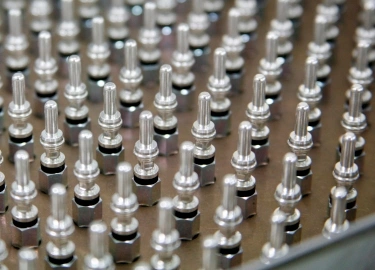 Monitoring exhaust pressure
Monitoring exhaust pressure
EDPS (Exhaust Gas & Differential Pressure Sensors) are found in all of today’s diesel engines as well as in a growing number of petrol engines. They protect various engine components and ensure that the exhaust gases meet today’s rigid standards.

Around 87 million cars equipped in EMEA (source: TecDoc)

Meeting today’s environmental EU norms

62% coverage of vehicles in operation in EMEA

Comprehensive technical support

 Types of EDPS and its technology
Types of EDPS and its technology
Exhaust pressure sensors are often installed at multiple points along the exhaust line to ensure the correct functioning of various components and protect them against excessive pressure.
They are commonly found before and after EGR valves, where they help to assure the correct exhaust gas recirculation rate, helping to keep emissions low and engine performance high.
In diesel engines, pressure sensors are installed before and/or after the diesel particulate filter (DPF). These filters have an optimum operating temperature at which they can efficiently burn off the fine particles captured by the filter. A drop in pressure signals that the filter is starting to fill up. To prevent clogging and ensure optimal performance, the pressure sensor sends a signal to the ECU to raise the temperature of the exhaust gases and enable the filter to regenerate, thereby preserving the life of these filters.
 Types of pressure sensors
Types of pressure sensors

 Exhaust Gas & Differential Pressure Sensors
Exhaust Gas & Differential Pressure Sensors

All about our new EDPS range



